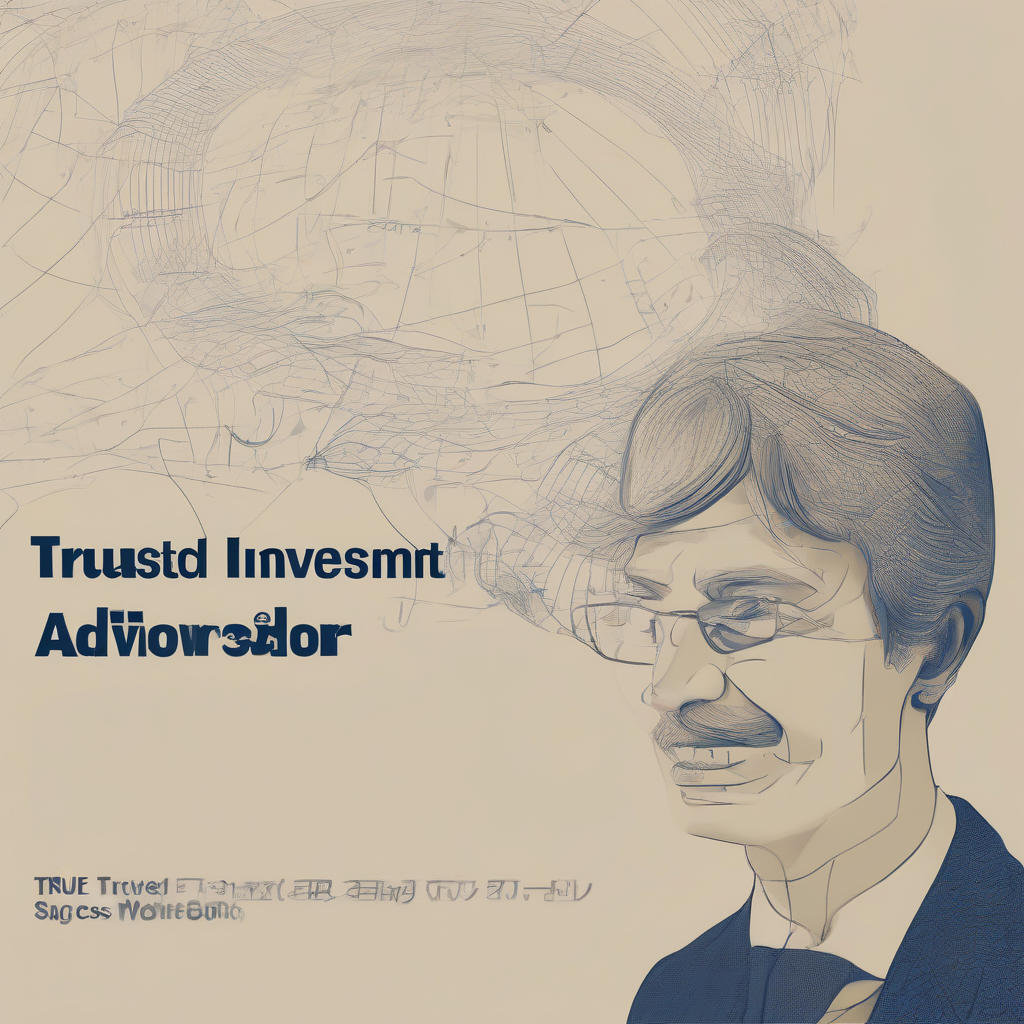TD Direct Investing: A Deep Dive into Canada’s Leading Online Brokerage
TD Direct Investing, a division of TD Bank Group, stands as a prominent player in the Canadian online brokerage landscape. This comprehensive guide delves into the intricacies of TD Direct Investing, examining its features, fees, investment options, pros and cons, and suitability for various investor profiles.
Account Types and Features
TD Direct Investing offers a diverse range of account types catering to various investment needs and experience levels. These include:
- Individual Accounts: Ideal for individual investors managing their own portfolios.
- Joint Accounts: Suitable for couples or partners who wish to manage investments collaboratively.
- Registered Retirement Savings Plans (RRSPs): Tax-advantaged accounts for retirement savings.
- Tax-Free Savings Accounts (TFSAs): Accounts allowing for tax-free growth and withdrawals.
- Registered Education Savings Plans (RESPs): Accounts designed to save for post-secondary education.
- Corporate Accounts: For businesses and corporations needing investment solutions.
Key features often highlighted by TD Direct Investing include:
- Robust Online Platform: A user-friendly website and mobile app providing access to trading, research, and account management tools.
- Extensive Investment Options: Access to a wide array of investments, including stocks, bonds, mutual funds, ETFs, options, and GICs.
- Research and Education Resources: Tools and resources to support investment decisions, including market analysis, educational materials, and investment tools.
- Customer Support: Access to phone, email, and online chat support for assistance with account inquiries and trading activities.
- Fractional Shares: The ability to buy portions of shares, making investing more accessible.
- Advanced Trading Tools: Sophisticated tools for experienced traders, including charting, technical analysis, and order types.
Fees and Pricing
Understanding the fee structure is crucial when selecting an online brokerage. TD Direct Investing’s fee schedule typically includes:
- Trading Commissions: Fees charged for executing trades. These vary depending on the asset class and trade volume.
- Account Fees: Potential fees associated with account maintenance, although these are often waived under certain conditions.
- Mutual Fund Fees: Management expense ratios (MERs) charged by mutual funds are separate from brokerage fees.
- Inactivity Fees: Potential fees levied if the account remains inactive for an extended period.
- Transfer Fees: Charges associated with transferring assets from another brokerage.
It’s essential to thoroughly review TD Direct Investing’s current fee schedule as these can change. Comparing their fee structure to competitors is recommended before opening an account.
Investment Options
TD Direct Investing provides access to a diversified range of investment options, allowing investors to build tailored portfolios. These include:
- Stocks: Investing in shares of publicly traded companies.
- Bonds: Fixed-income investments offering regular interest payments.
- Mutual Funds: Professionally managed portfolios of investments.
- Exchange-Traded Funds (ETFs): Index funds traded on stock exchanges, offering diversification and lower expense ratios than many mutual funds.
- Options: Derivatives contracts giving the buyer the right, but not the obligation, to buy or sell an underlying asset at a specific price by a certain date.
- Guaranteed Investment Certificates (GICs): Fixed-term deposits offering a guaranteed rate of return.
Pros and Cons of TD Direct Investing
Like any financial institution, TD Direct Investing has its strengths and weaknesses.
Pros:
- Brand Recognition and Trust: TD Bank is a well-established and reputable financial institution.
- Wide Range of Investment Options: Offers a diverse selection of investment products to suit various investment strategies.
- User-Friendly Platform: Generally considered easy to navigate, even for beginner investors.
- Robust Research and Educational Resources: Provides valuable tools and information to support investment decision-making.
- Strong Customer Support: Offers multiple channels for customer support, addressing inquiries and resolving issues.
Cons:
- Fees: While competitive, fees can still be a factor for high-volume traders.
- Platform Limitations: Some advanced trading tools may not be as comprehensive as those offered by some competitors.
- Customer Service Wait Times: Occasionally, customers may experience longer wait times for phone support.
- Limited International Trading Options: Compared to some international brokers, TD Direct Investing offers fewer international trading options.
Suitability for Different Investor Profiles
TD Direct Investing’s suitability varies depending on the individual investor’s profile:
- Beginner Investors: The user-friendly platform and educational resources make it a good option for beginners. However, careful consideration of fees is important.
- Experienced Investors: While the platform offers advanced trading tools, some experienced investors may find the options less comprehensive than other platforms.
- High-Volume Traders: The fee structure should be carefully analyzed, as high trading volumes can significantly impact costs.
- Passive Investors: TD Direct Investing offers suitable options for passive investors, including mutual funds and ETFs.
Comparison with Competitors
To make an informed decision, it’s crucial to compare TD Direct Investing with other Canadian online brokerages. Key factors to consider include:
- Fees and Commissions: Compare the pricing structures of different brokerages.
- Investment Options: Assess the range of investment products offered.
- Platform Features: Evaluate the user-friendliness and functionality of the trading platforms.
- Research and Educational Resources: Consider the availability of research and educational tools.
- Customer Support: Evaluate the responsiveness and helpfulness of customer support services.
Conclusion (omitted as per instructions)




